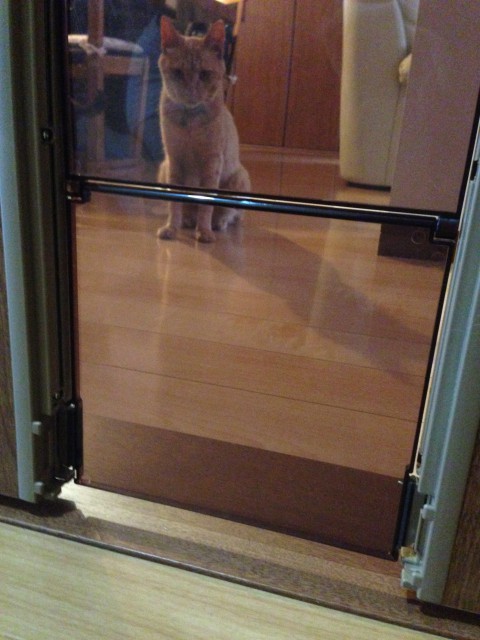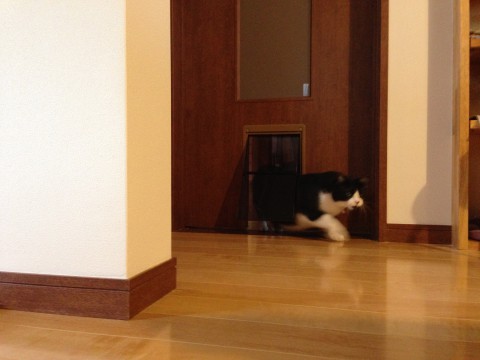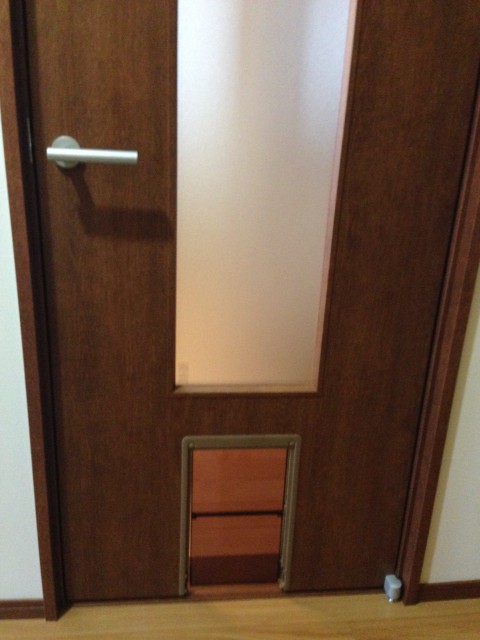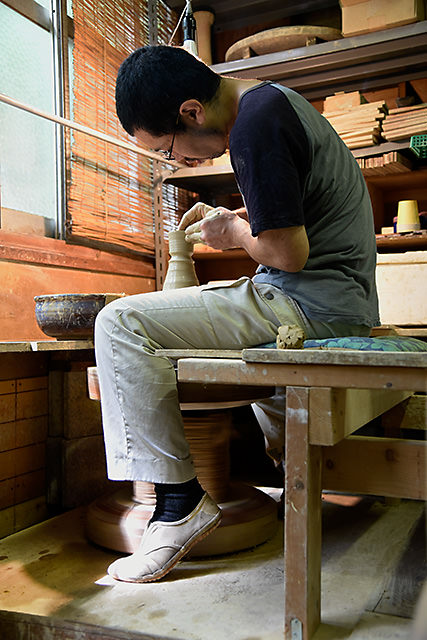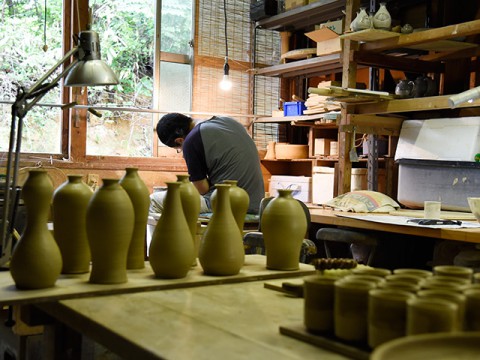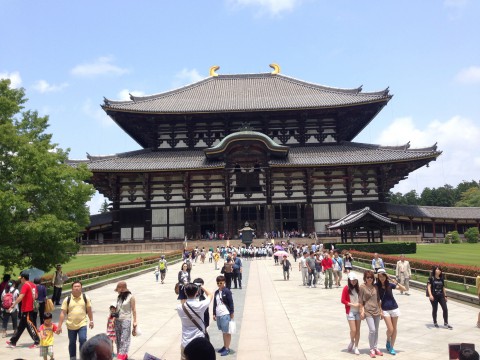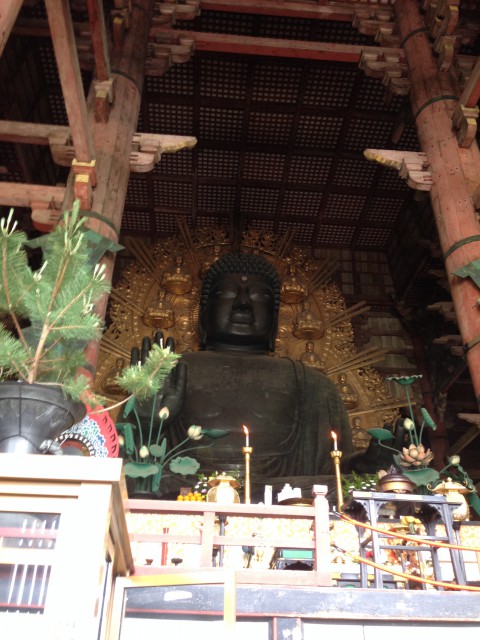Arigato project has been established since May of 2013
by authorized dealers of Kokuryu brewery, “Yushi-no-kai” as main members.
Yushi-no-kai and Kokuryu brewery started this project hoping for the participants
to learn the importance of bonding with others, and realize the charms of Fukui.
To make sake in this project, the participants start from planting rice.
After one year, they give the completed sake to the people whom they want to give thanks to.

It has been a year already since the participants planted the rice.
Finally! “The Arigato sake” (official name of the sake is “Adoso”) has been completed.
On June 5th, 2015, the presentation ceremony for the sake was held in Fukui.
Before the presentation, the participants gathered around and exhibited all the photographs taken during the project. They also wrote what they thought about the project on a big panel.
Today, I would like to introduce their last activities of the Arigato project 2015.
The participants worked together on exhibiting the photographs and making the panel.
Most of them were students last time when I saw, now they graduated and have jobs.
They even look so much more mature since about 6 months ago.
The ones who weren’t there that day, they have moved to different cities for their jobs.
I realized how the time has passed so fast.

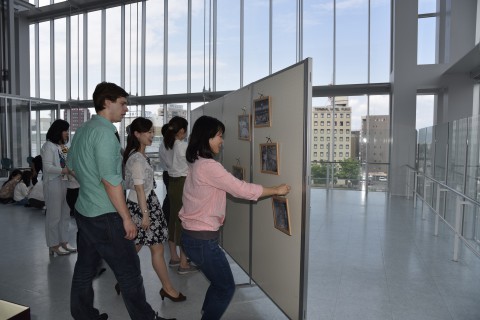



The photographs were taken by a professional photographer throughout the year.
The photographs are not only cool or beautiful, but they let people see how they have bonded with each other, nature of Fukui, how the sake is made and what they did in this project.
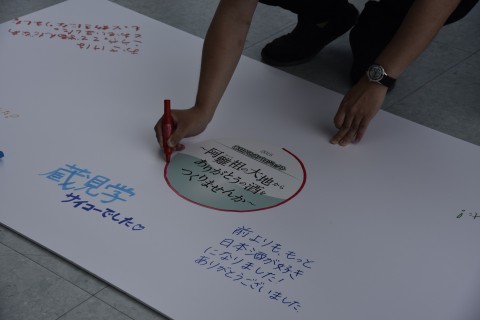
The time was passing by quietly at first, but as the exhibits and panel were worked on by the participants, smiles and laughs were coming out.


I saw the panel and exhibition wall became filled with good memories and delightfulness.
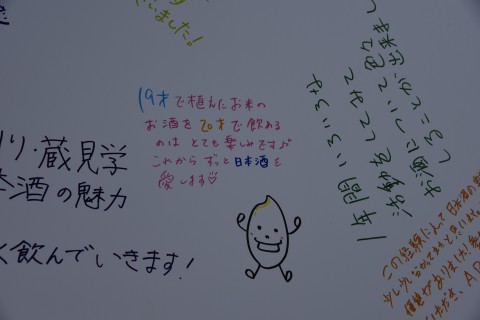
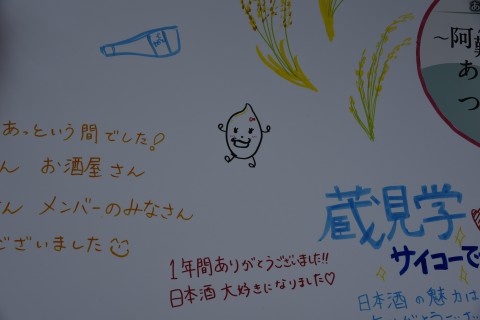
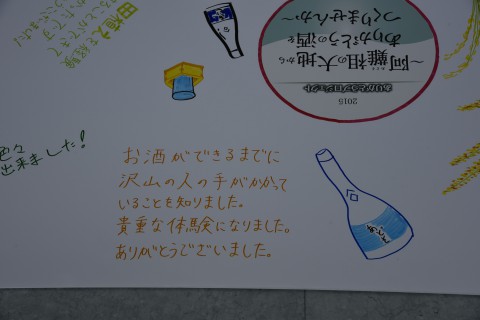
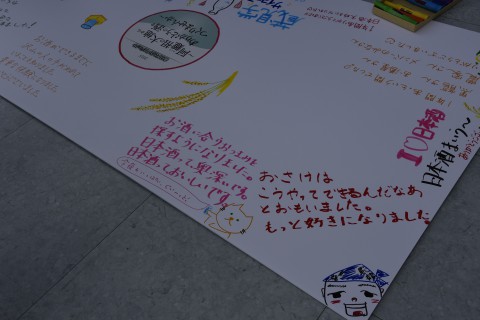
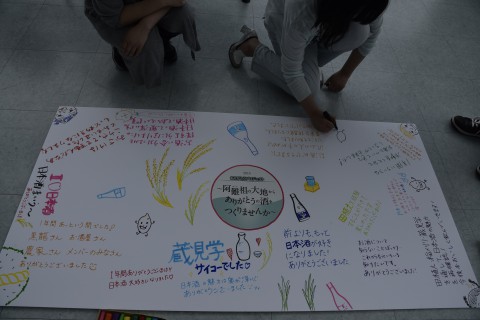
This is the last time for the participants of 2015 can see each other like this.
I am sure that they now have so many good memories.
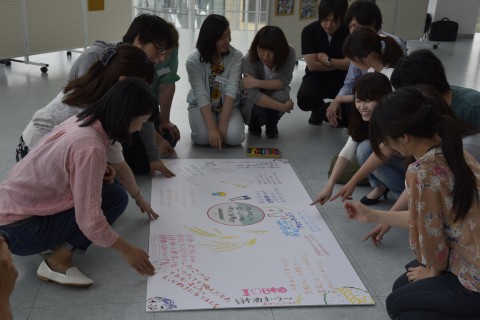
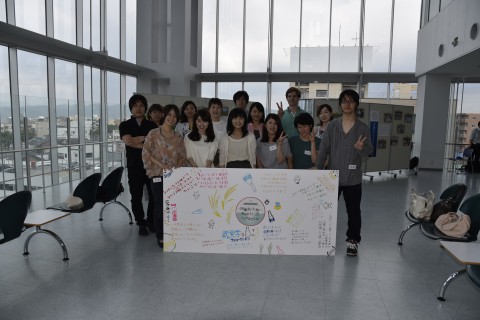
Whenever they will drink sake and/or they talk about Fukui, I am sure that they will remember the people they met and experiences they had in “Arigato Project 2015”.
T.F


